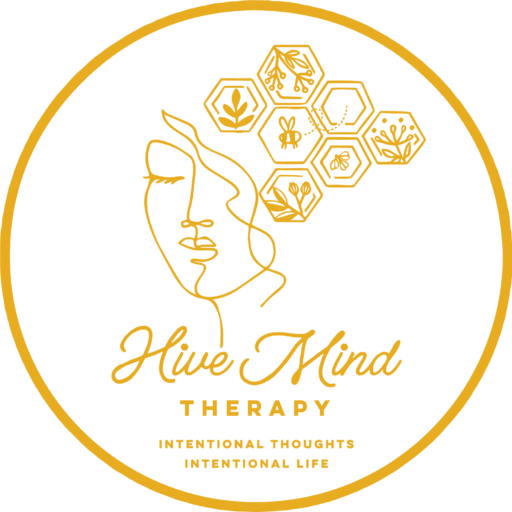Childhood experiences shape the foundation of our adult lives, influencing how we perceive and navigate relationships. Unfortunately, if those early years were marked by trauma, it can cast a long shadow on our ability to form and maintain healthy connections. In this blog post, we will explore how childhood trauma affects adult relationships, how to recognize detrimental patterns, and practical steps to heal and strengthen the bonds with your partner.
I. Understanding the Impact of Childhood Trauma on Adult Relationships:
- Attachment Styles: Childhood trauma often leads to the development of specific attachment styles, such as anxious, avoidant, or disorganized. These styles can significantly impact how we approach intimacy and connection in adulthood.
- Communication Challenges: Traumatic experiences may hinder effective communication skills, making it difficult to express emotions, needs, and concerns in a relationship. Unresolved issues from the past may resurface and manifest in unhealthy communication patterns.
II. Recognizing Detrimental Patterns in Your Relationship:
- Reflecting on Your Past: Take time to reflect on your childhood experiences and how they may be influencing your current behavior in relationships. Identify patterns of coping mechanisms or defense mechanisms that no longer serve you.
- Self-awareness and Mindfulness: Practice mindfulness to become aware of your thoughts, emotions, and reactions within the relationship. Recognizing triggers and understanding their origins can be a crucial step toward breaking detrimental patterns.
III. Correcting Behavior Patterns for Relationship Repair:
- Seeking Professional Help: Consider therapy or counseling to address the root causes of childhood trauma. A licensed therapist can guide you through the process of healing, provide coping strategies, and help reshape your perspectives on relationships.
- Effective Communication Skills: Learn and practice healthy communication techniques. Focus on active listening, expressing emotions openly, and fostering empathy for your partner’s experiences. This can create a more supportive and understanding environment.
IV. Nurturing a Thriving Relationship:
- Cultivating Emotional Intimacy: Foster emotional intimacy by sharing your thoughts and feelings with your partner. Create a safe space where both individuals can express vulnerability without fear of judgment.
- Building Trust: Rebuilding trust is a gradual process. Consistency, honesty, and transparent communication are key components to regain and strengthen trust within the relationship.
- Prioritizing Self-Care: Take care of your mental and emotional well-being through self-care practices. This includes setting boundaries, practicing stress management, and engaging in activities that bring you joy and relaxation.
Conclusion: Breaking the chains of childhood trauma in adult relationships is a challenging but rewarding journey. By recognizing detrimental patterns, seeking professional help, and fostering open communication, individuals can not only repair their relationships but also create a foundation for a thriving and fulfilling connection. Healing from the past is an ongoing process that requires commitment, self-reflection, and a shared effort from both partners.

